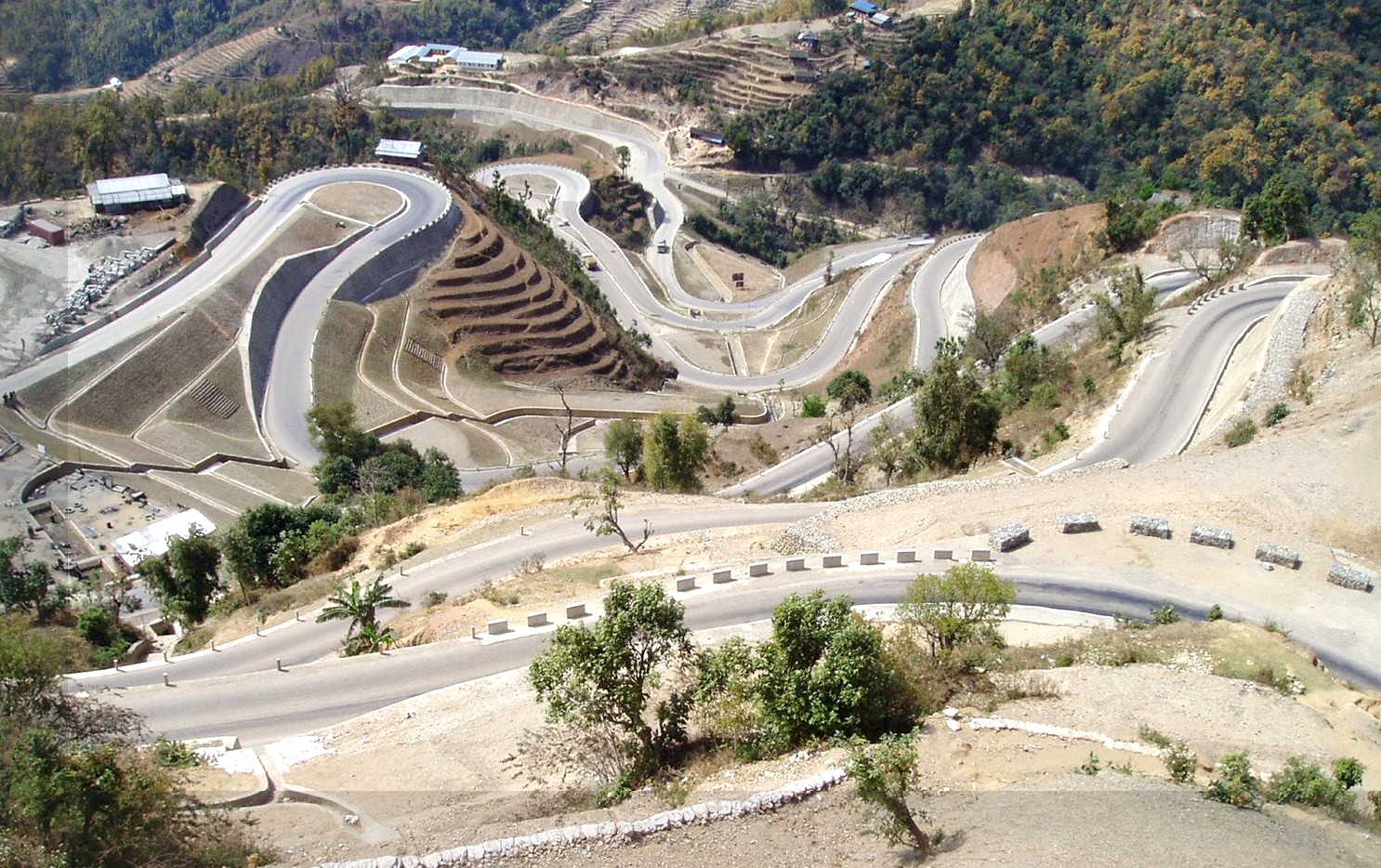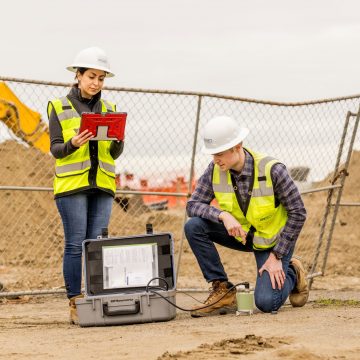Top Geotechnical Engineering Companies in South Africa: Specialized Solutions for Framework Projects
Top Geotechnical Engineering Companies in South Africa: Specialized Solutions for Framework Projects
Blog Article
Exactly How Consulting Civil Engineering Firms Add To Effective Job Administration and Style Implementation
Consulting civil engineering companies are integral to the success of building projects, merging technological efficiency with critical oversight. Their function includes not just the execution of feasibility studies yet also the execution of sophisticated task management methodologies that enhance procedures and improve stakeholder involvement. By focusing on design optimization and danger mitigation, these companies make sure that jobs are not just feasible however also lasting and affordable. Nevertheless, the subtleties of their contributions commonly continue to be underexplored, triggering a closer evaluation of the details strategies and techniques that underpin their efficiency - geotechnical engineering companies in south africa.
Function of Civil Designers
Comprehending the duty of civil engineers is essential for the effective administration of building and construction projects. Civil designers function as the foundation of framework growth, guaranteeing that tasks are designed and executed to meet safety and security, performance, and sustainability criteria. Their competence includes various facets of design, consisting of architectural, ecological, and geotechnical specializeds.
Civil designers are in charge of conducting feasibility research studies, which evaluate the feasibility of proposed projects by assessing financial, technological, and ecological factors. They create comprehensive blueprints and specs, incorporating cutting-edge options to optimize materials and resources. During the construction stage, civil designers manage the task, working together with stakeholders, contractors, and architects to guarantee adherence to make specifications and regulatory demands.

Task Planning Methods
Effective project preparation strategies are essential for ensuring that building jobs are performed smoothly and effectively. Consulting civil design firms play an essential role in this process by utilizing detailed planning approaches that deal with different task stages. Originally, a thorough analysis of project range and client demands is performed, permitting for the identification of vital turning points and deliverables.
Moreover, these firms make use of tools such as Gantt graphes and project monitoring software application to develop in-depth timelines, allowing effective organizing of jobs and source allotment. This structured approach aids to anticipate possible traffic jams and assign essential sources proactively. Danger management is one more vital element; companies conduct threat evaluations to determine prospective problems that can arise during the task's lifecycle, carrying out reduction techniques to reduce disturbances.
Furthermore, stakeholder involvement is emphasized throughout the preparation phase. Normal communication with clients, specialists, and neighborhood authorities makes certain that all celebrations are lined up with task goals and timelines. By incorporating these methods, seeking advice from civil design companies improve the possibility of project success, making sure adherence to spending plan restraints and regulative demands while promoting a collective setting.
Layout Optimization Methods
Layout optimization techniques are vital for boosting the performance and sustainability of civil design jobs. These techniques involve the methodical examination of design specifications to attain the most effective feasible end results while minimizing costs and source usage. By making use of innovative computational devices and formulas, designers can assess various layout choices and pick one of the most efficient choices based on particular project criteria.
One commonly used method is parametric design, which enables the control of style variables to observe their influence on general task efficiency. This repetitive procedure brings about cutting-edge remedies that not just fulfill useful requirements yet also stick to environmental criteria. Additionally, techniques such as worth design concentrate on enhancing job aspects to optimize value while minimizing unnecessary costs.
In addition, the integration of Structure Details Modeling (BIM) facilitates far better partnership amongst stakeholders, look at this site allowing real-time adjustments and improvements to styles. This holistic sight promotes a comprehensive understanding of the task, causing notified decision-making. Inevitably, efficient layout optimization techniques cause improved task timelines, minimized waste, and enhanced architectural performance, adding to the overall success of civil design endeavors.
Danger Monitoring Methods
Threat management techniques are crucial in making certain the successful shipment of civil design tasks, as they help determine, evaluate, and mitigate potential dangers that might impact task outcomes. Effective threat monitoring is an organized process that includes the recognition of threats, examination of their chance and effect, and the development of methods to resolve them.
Consulting civil design companies generally utilize a mix of measurable and qualitative threat analysis techniques (geotechnical engineering companies in south africa). Qualitative methods, such as conceptualizing sessions and experienced meetings, assistance collect understandings on possible risks from various stakeholders. Conversely, quantitative methods include analytical evaluation and modeling to establish the chance and potential effect of determined threats
Once risks are evaluated, firms carry out mitigation techniques, which may consist of danger evasion, reduction, transfer, or acceptance. This might include revamping job parts to remove threats or protecting insurance coverage to balance out potential financial losses. Continuous monitoring and review of threats throughout the task lifecycle are likewise vital, enabling for timely changes to risk management approaches as brand-new risks emerge.
Collaborative Interaction Practices
Enhancing job results with collaborative interaction methods is important for speaking with civil design go to my blog companies. Efficient communication promotes a culture of openness and count on among stakeholders, which is essential for the effective implementation of design jobs. By executing structured interaction channels, companies can make certain that all celebrations-- clients, professionals, and staff member-- are aligned on task objectives, deliverables, and timelines.
Routine conferences, both formal and casual, facilitate the exchange of concepts and comments, permitting for real-time analytical and decision-making. Making use of collaborative tools such as task management software program motivates documents and tracking of development, while making it possible for why not try this out instant accessibility to essential information.
In addition, active listening and open discussion are critical elements in a collective setting. By valuing diverse point of views, companies can innovate and adapt layouts that fulfill both technical requirements and client expectations. In addition, promoting a team-oriented environment decreases misconceptions and elevates the overall high quality of work.

Final Thought
In verdict, speaking with civil design firms are important to successful job management and style implementation. Eventually, the competence and methods used by consulting civil designers dramatically contribute to attaining project goals while decreasing costs and making best use of source use.

In verdict, speaking with civil design firms are integral to effective project monitoring and style implementation.
Report this page